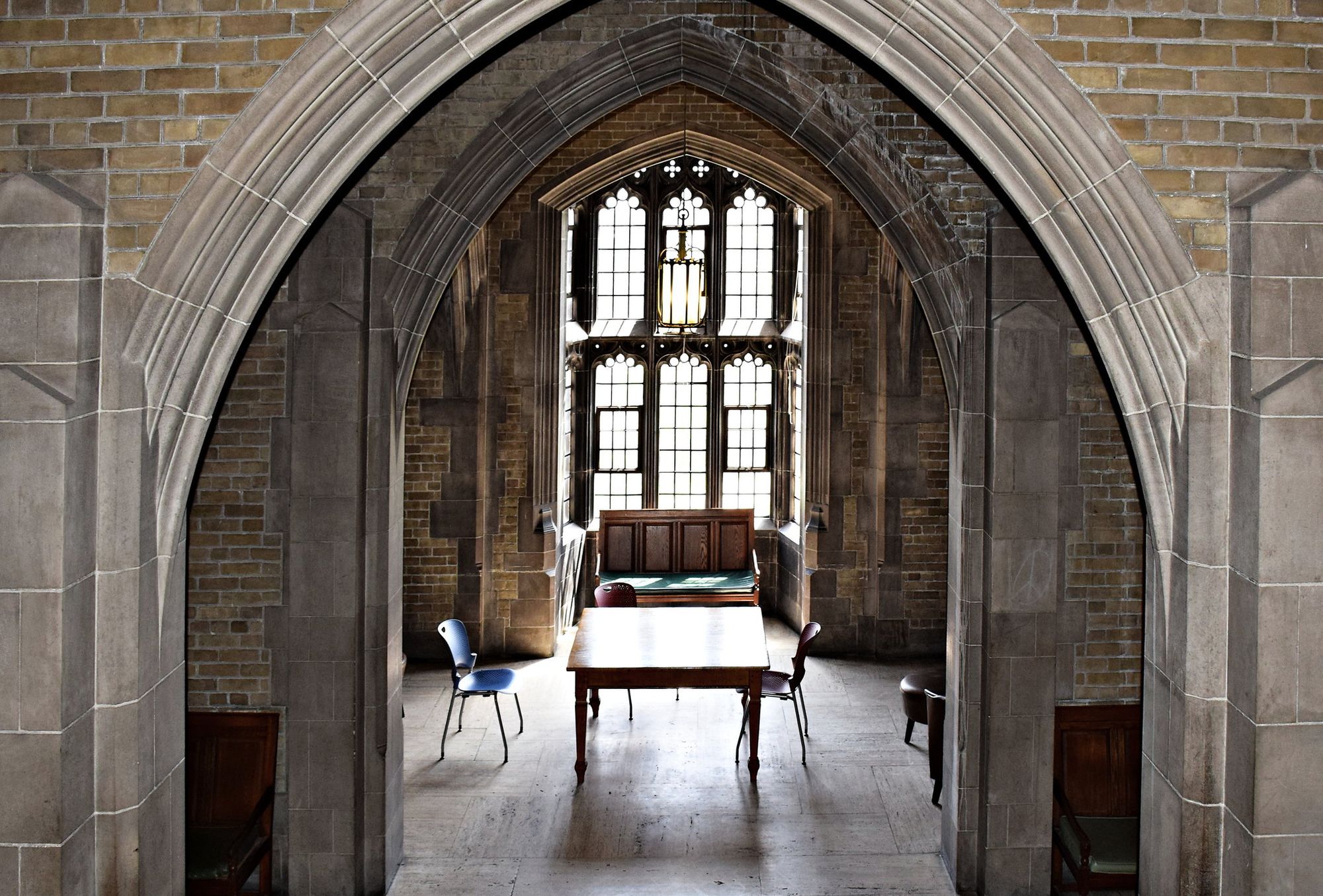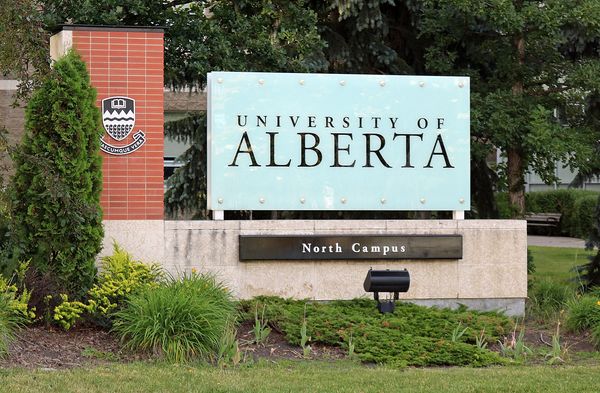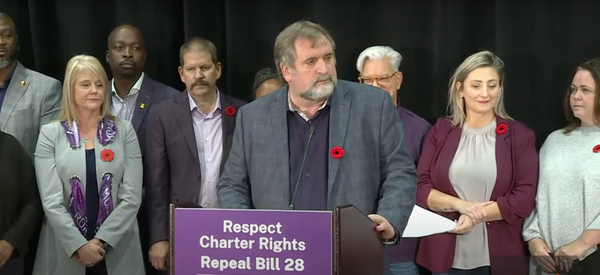Federal Canadian student loans resumed repayment and started collecting interest again in October 2020 after being paused on March 30. In response, the British Columbia Federation of Students (BCFS), which represents more than 170,000 students across the province, started a petition asking the federal government to stop collecting interest on student loans altogether, calling it a “tax on low- and middle-income students and families.”
Of course, removing interest on student loans would be a welcome change, as Canadians with student loans pay an average of $5,000 in federal interest alone, according to the BCFS. Regardless, it won’t make a tangible impact on the real problem, which is the cost of tuition and the accompanying debt.
According to Statistics Canada data from 2015, the average Canadian student with a bachelor’s degrees graduates with $28,000 in debt, and student loans are involved in one of six bankruptcies. As of 2016, student debt exceeded $36 billion, with $18 billion owed federally.
There’s no reason to believe these figures have since decreased, and the pandemic certainly won’t make things easier. A study by TD Bank, for example, estimates that this group of pandemic grads will make 5 per cent less over the course of their careers.
The only real way to tackle this problem, as well as many others, is to make all post-secondary education free.
There are many reasons why this should be done. Here are a few.
This would greatly benefit racialized people, the working class and many other groups that are often kept out of university due to the high costs. Implementing free tuition would make certain career paths far more accessible to a broader range of people as well.
In a 2018 report, Statistics Canada found that students entering “professional” degree programs, such as medicine or veterinary studies, were nearly three times more likely than other degrees to end up with debt upon graduation.
This has negative implications for our society as a whole. For example, Canada is in need of doctors, especially ones that get paid relatively less, such as rural and family physicians. However, doctors often specialize after medical school to get higher paying jobs, and in turn help pay off their steep student loan debt, which on average amounts to $160,000.
Workers in the skilled trades would also benefit from graduating without debt, and free tuition would help trades schools attract more students.
Free tuition would also be a crucial way to help remedy an intergenerational inequality. As Hugh Mackenzie, a economist and research associate at the Canadian Centre for Policy Alternatives, notes, “In 1990–91, average university tuition in Canada was $1,464; adjusted for inflation, that would be $2,541 in 2019–20. Today the actual average undergraduate tuition is $6,463.” This is due in large part to neoliberal policies, including tax cuts, as well as the government’s share of university funding falling by nearly half since 1990.
Consequently, the amount of hours of minimum wage work needed to pay for tuition has risen over the past few decades. As reported by the Toronto Star, a 2014 study from the Canadian Centre for Policy Alternatives found, “The average university student in Ontario has to work almost 18 weeks at minimum wage to pay for one year of the average tuition of $7,259 — about twice as long as their parents would have had to work in 1972.” This increased significantly with certain studies such as law, medicine and dentistry, which all required at least five times as many hours of work.
There are also many immaterial benefits to university. Being in a classroom with other students interested in the same field is a rewarding experience that shouldn’t be limited to those with families who can afford the cost. Further, if a graduate from a technical school or university program later decides to switch career paths, they should be able to do that without pushing themselves further into debt.
Critics of free tuition argue it would inflate the amount of degrees to a point where their value would decrease. Most entry-level jobs today, however, already require some sort of degree or certification.
More importantly, this argument is effectively a call to continue allowing those wealthy enough to afford university to be given an advantage over others. It’s an argument focused on helping to keep an elite class elite. Instead, greater post-secondary education would increase the knowledge and expertise throughout society, which would be of benefit to us all.
Other arguments against making tuition free suggest that rich families would get a free pass. This argument is based on the fact that as of 2014, nearly 80 per cent of students from families in the top-fifth income bracket go to university, compared to an average of around 60 per cent, and less than 50 per cent for the bottom fifth. It argues that since more rich students go to university, free tuition would only benefit the rich.
This ignores that: 1) free tuition would be a policy plan best complemented by increasing taxes for that rich top-fifth; 2) this imbalance has arisen in part because of how expensive tuition is; 3) this imbalance would likely be erased if tuition were free; 4) working class students would stand to benefit the most.
We also have to stop envisioning free tuition at public universities as a radical position or a utopian demand, as this is already a reality for a range of countries, from Norway and Finland to Cuba and Argentina. In Canada, meanwhile, students continue to pay rising tuition costs, and start their professional lives buried in debt.
So, while cancelling student interest would be welcome, it’s wholly inadequate at remedying the inequities worsened by charging tuition. Free tuition is the only way forward out of this pandemic.







Member discussion